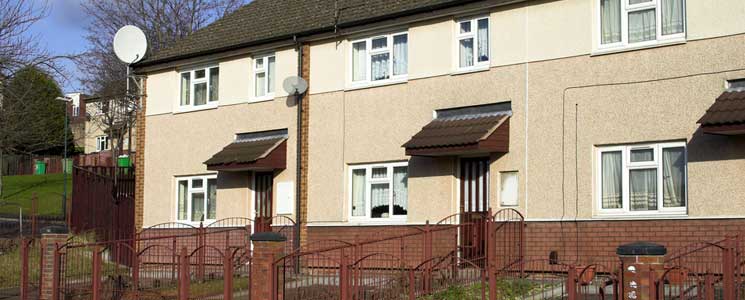Social Housing
What is this Service?
Social Housing Services provide affordable homes for individuals whose income makes it challenging to obtain adequate housing in the private rental market.
The Social Housing Reform Act (SHRA) defines the role of the municipality as a ‘Service Manager’ and provides a legislative framework that ensures the efficient and effective administration of social housing programs.
Available housing types include:
- Municipally owned and operated housing (through a department or municipally owned housing corporation)
- Non-profit housing that is owned and operated by community based non-profit corporations governed by a board of directors
- Co-operative housing that is owned and operated by its members
- Rent supplement, where a private or non-profit landlord provides units to households at a rent-geared-to-income (RGI) and the municipality subsidizes the difference between that rent and the market rent for the unit
Influencing Factors:
- Client Type: Different portfolios may experience different mobility rate, i.e. seniors projects may be more stable for long periods, whereas families and singles tend to move more often. Portfolios for families and singles tend to cost more than portfolios for seniors.
- Economic Conditions: Increased demand for affordable housing can increase waitlist pressure (high growth versus declining growth).
- Historical Funding: Community take-up of senior level government program funding.
- Infrastructure: Complexity, condition, age and supply (both private and municipal) of the housing stock.
- Legislation: Prescribed standards in legislation oblige minimum base level of program funding and performance.
- Portfolio Mix: Program portfolio mix affects subsidy levels, i.e. Urban Native and Aboriginal programs call for heavy subsidy, while Rent Supplement requires basic subsidy.
- Service Area : Geographic area served may affect cost and service delivery models.
Additional Information:
Part of the Social Housing Subsidy is the mortgage costs. The mortgage value of the land and buildings were determined at the time of development. In larger areas, the mortgage value could be higher than surrounding areas as well as earlier years land costs could be lower than newer built projects.

